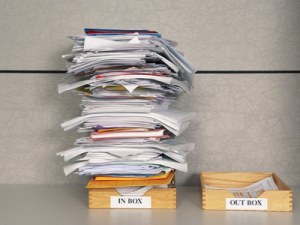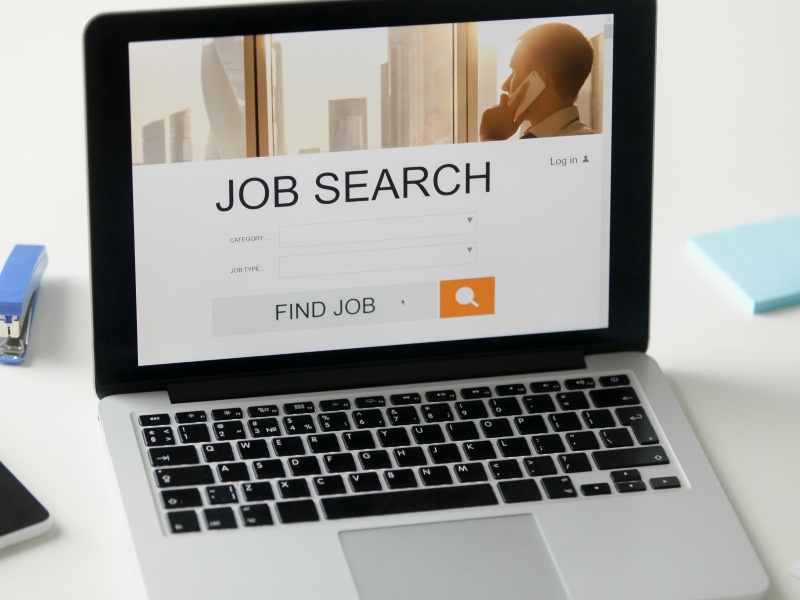Louize Clarke, is the Co-founder of GROW@Green Park
Stats show, the average office-based worker uses email for six hour a day. How many of us sneak a peak at our inbox before we’ve got out of bed or get sucked back in as we hit the pillow?
 Whether you’re a freelancer or running a fast-growth enterprise, that constant connection to your inbox closes our working mindset. It’s cluttered, disruptive, crowded and can create pretty toxic ways of working, shutting down the ability to focus on the strategic, creative, high-value tasks that will have the most impact on your day.
Whether you’re a freelancer or running a fast-growth enterprise, that constant connection to your inbox closes our working mindset. It’s cluttered, disruptive, crowded and can create pretty toxic ways of working, shutting down the ability to focus on the strategic, creative, high-value tasks that will have the most impact on your day.
The question is, is it email itself that’s the problem? This game-changing tool has after all transformed today’s digital workplace. Is it more about the way we use emails? Being smarter about how we manage our email use can help create a happier, more relaxed and efficient workplace. Here’s how.
Create an email habit that works for you
Email is utterly embedded as a business process. It’s unrealistic to go too long without checking it. But it’s also a distraction. Consider breaking your day down into focused chunks of time, followed by short breaks for email check-ins or a social media catch-up. This allows you to focused on priority tasks without worrying your inbox is running amok. Try turning your email off during these focused slots of say 40 minutes or so to avoid distraction.
In the always-on world, it’s good to set email boundaries at home too – so avoid looking at your phone before breakfast, put it aside when you’re with your kids or leave it upstairs after supper. Every day is different but try introducing this approach and enjoy what happens to your productivity – and well-being – levels.
Be ruthless
Delete or file – simple as. If you’ve dealt with an email, delete it or file it. Trust me, an inbox at zero is achievable. Don’t be afraid to be brutal, weed out the unnecessary noise and distraction in your inbox, unsubscribe from that newsletter you no longer read. Identify the emails that will require additional attention and answer anything that’s urgent rather than clogging up a dedicated action folder. This can be scary at first but you’ll get there.
It’s ok to be away from your desk
Smartphones have brought that layer of expectation around responsiveness; we can reply to an email coming out of a meeting, while we’re at lunch or as we’re leaving the office. But if you have other priorities, let people know. This will help manage their expectations and free you from that sense of urgency around responding to emails. By all means use your meeting breaks to deal with emails to avoid coming back to an unmanageable inbox, but use these times around the edges of your day to connect in other ways. A meaningful conversation with a colleague in the cab back from a meeting or over a sandwich will probably shift your day more than a quick-fired response to an email.
It’s not a to-do list
How many times have you heard “I’m so busy, by inbox is full”? The tendency is to trawl through emails, without getting to the more vital task in hand. Your inbox isn’t your to-do list. In the days of Evernote, Asana and Wunderlist – or even the Post-it Note method! – there are endless tools to manage your time and outputs. Create a manageable list that prioritises your tasks for the day, week, month, while hacking through your inbox at the same time.
Move away from the inbox
Just do it. Many of us have grown up professionally tied to email. We also use it to hide behind. Walk over to your boss’s office, pick up the phone or arrange face to face time, create that dialogue and rapport that will build a far stronger relationship than a series of emails. Your zero inbox will thank you.








